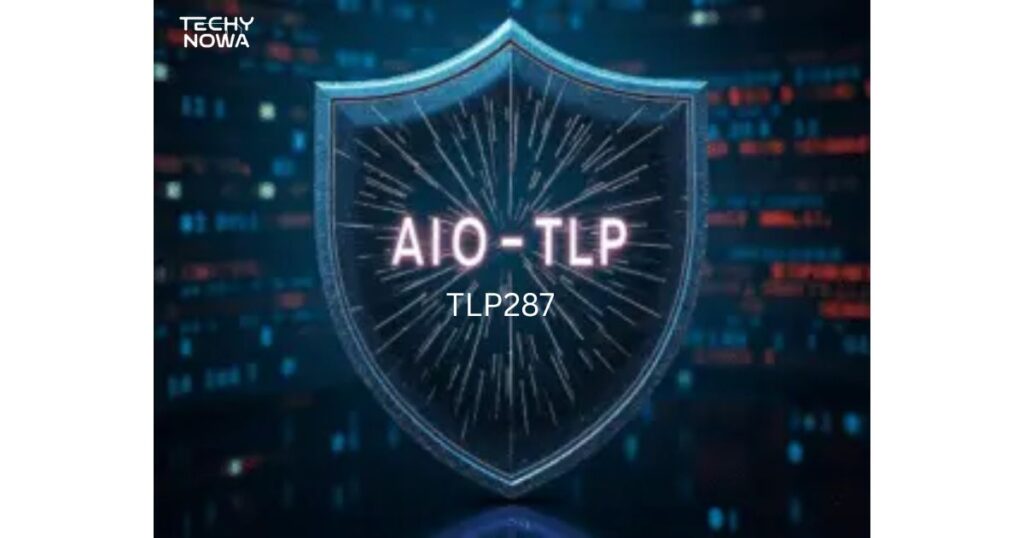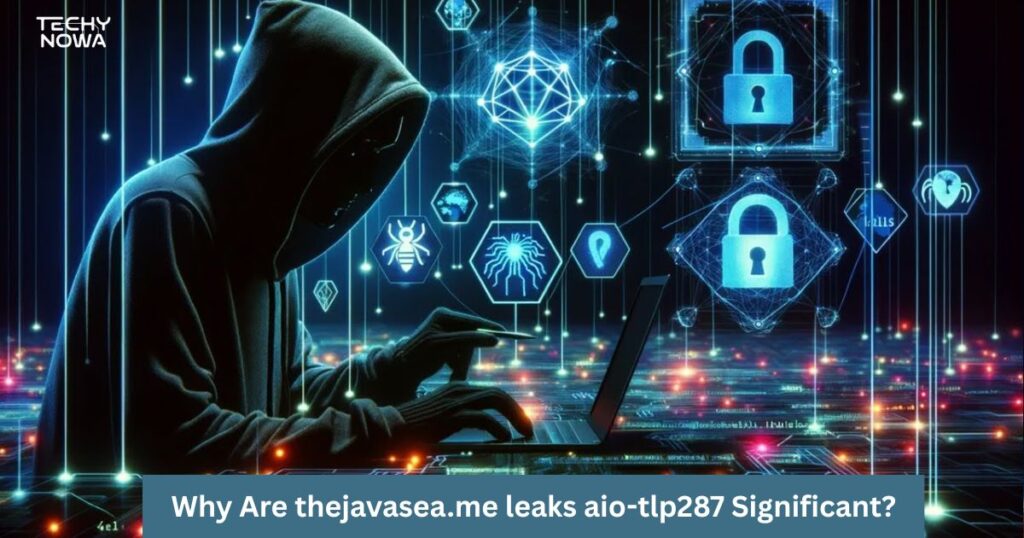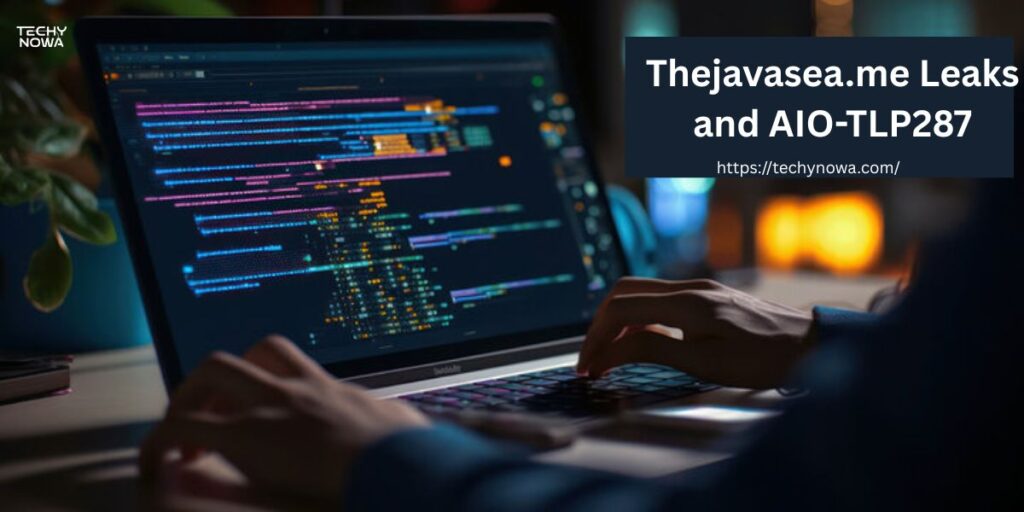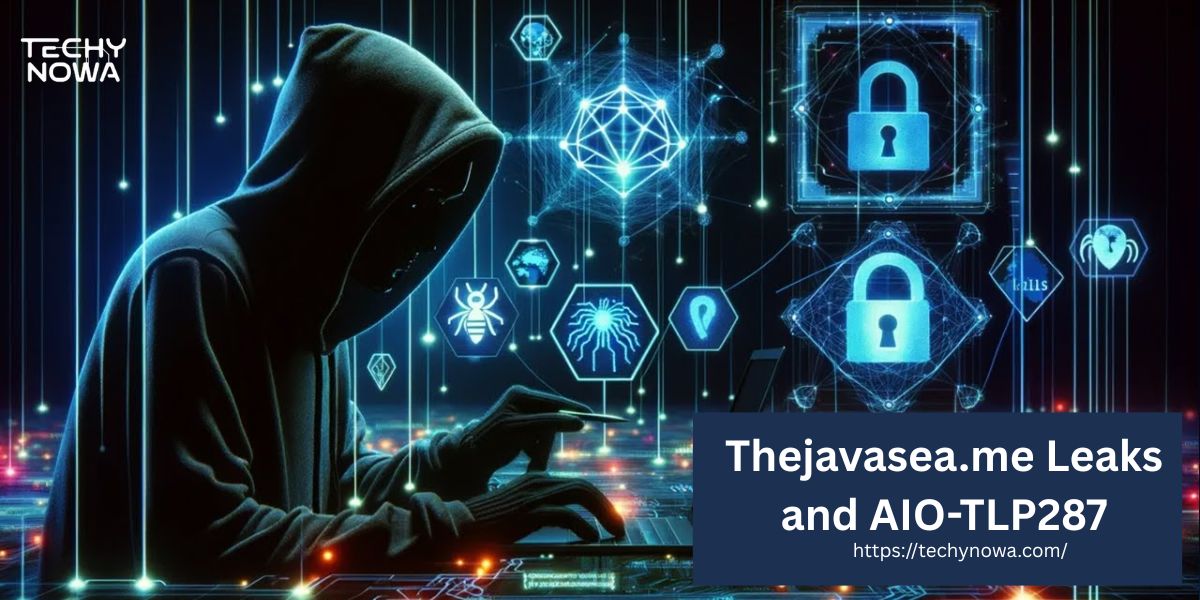Thejavasea.me Leaks and AIO-TLP287 has caught the attention of many online. It involves leaked data and hacking tools. Thejavasea.me is known for hosting sensitive information. AIO-TLP287 is one of its most talked-about packages. It contains stolen passwords, documents and software cracks. These leaks pose serious cybersecurity risks. Knowing the facts can help you stay protected. This guide explains everything in simple terms.
What Is thejavasea.me?
It is a website linked to leaked data and hacking tools. It is often compared to a dark web platform. People visit it to find stolen or illegal content. It hosts sensitive information from breaches. This includes passwords, documents and software cracks. The site is not safe or legal to use. It is known for attracting cybercriminals and curious users.
The platform is famous for its all-in-one leak packages. These packages combine many hacking resources. They often contain automation scripts and stolen credentials. Hackers use them for phishing or identity theft. Visiting the site can expose you to malware. It also raises serious ethical and legal issues. It is a major risk in cybersecurity discussions.
Related guide: MS Word 2007 Tutorial: Learn Basics Fast
What Is AIO-TLP287?
AIO-TLP287 is a package found on thejavasea.me. It includes different types of leaked data. You may find stolen passwords in it. It can also have confidential documents. Some files are software cracks. There are automation scripts for hacking tasks. It is a dangerous mix of illegal content.

The name uses TLP, meaning Traffic Light Protocol. This system labels data by sensitivity. It can be red, amber, green or white. TLP287 is likely a coded data set. It warns about the confidentiality level. Such files are not meant for public use. Accessing them is risky and often illegal.
The Role of the Traffic Light Protocol (TLP287)
The Traffic Light Protocol (TLP) is a system used in cybersecurity. It helps classify and share information safely. There are four main colors in TLP. Red means highly confidential data. Amber means share with caution. Green means limited community sharing. White means public information.
- Red: Highly confidential, trusted parties only
- Amber: Shared with caution among select people
- Green: Shared within a specific community
- White: Openly available to the public
TLP287 is a specific classification under this system. It likely refers to a sensitive leaked dataset. Knowing the color code helps understand the risk. It guides who can see the data. It also shows how the data should be handled. For leaks like AIO-TLP287, TLP is very important. It warns users about the sensitivity of the information.
Related guide: Best AI Tools For Making Pinterest Graphics In 2025
Why Are “thejavasea.me leaks aio-tlp287” Significant?
The leak exposes a large amount of sensitive data. It includes personal, corporate and even government information. Such data can be used for identity theft. Hackers can also launch phishing and ransomware attacks. It reveals major weaknesses in cybersecurity systems. The leak sparks debates about ethics and privacy. Its scale makes it a serious digital threat.

This leak attracts attention from both hackers and security experts. Cybercriminals see it as a valuable resource. Security teams view it as a wake-up call. It shows how unprotected some systems are. The incident warns others to improve their defenses. It also pressures governments to enforce stronger laws. The significance lies in its wide-reaching impact.
Risks of Accessing AIO-TLP287

Accessing AIO-TLP287 can lead to legal trouble. It may contain hidden malware or viruses. Your personal data could be stolen. It can expose your device to hackers. The risks are high and not worth it.
1. Legal Consequences
Accessing leaked data is against the law. It can lead to fines or jail time. Many countries have strict cybercrime laws. Even downloading files can be illegal. Authorities monitor such online activities. Breaking the law can harm your future. It is safer to avoid these platforms.
2. Malware and Viruses
Leaked files often hide dangerous malware. They can damage or lock your device. Viruses may steal your sensitive data. Some can track your online activities. Malware can spread to other systems. It may cost money to fix. Using antivirus tools can help protect you.
3. Privacy Violations
Accessing leaked data breaches privacy rights. It exposes personal or corporate information. Victims may face identity theft. Private messages and files can be leaked. Such violations cause emotional stress. They can also lead to lawsuits. Respecting privacy is always important.
4. System Vulnerabilities
Leaked packages can contain hidden exploits. Hackers use them to enter your system. This can give them full control. They might install spyware or ransomware. Weak systems are easier to attack. Vulnerabilities can spread to networks. Regular updates can reduce the risk.
How Hackers Monetize AIO-TLP287
Hackers sell stolen data on the dark web. They trade emails, passwords and bank details. Such data is valuable to other criminals. They also sell confidential corporate files. Some use the data for blackmail. Others package tools for phishing attacks. Every sale brings them illegal profit.
They may use stolen accounts for fraud. Credit card theft is a common method. Corporate data can be sold to competitors. Automation scripts are rented to other hackers. Phishing kits are also in high demand. Some run scams using the leaked info. It is all part of their money-making schemes.
Ethical Concerns: Data Leaks vs. Ethical Hacking
Data leaks involve stealing or exposing private information. They often harm individuals and organizations. Such actions are illegal in most countries. They break trust and damage reputations. Victims can face financial and emotional loss. Hackers may profit from stolen data. This makes data leaks dangerous and unethical.

Ethical hacking is very different. It aims to improve security systems. Ethical hackers have permission to test defenses. They report weaknesses instead of exploiting them. This helps prevent future cyberattacks. It protects both personal and corporate data. Ethical hacking builds trust in digital safety.
Case Study: The December 2024 Breach
In December 2024, AIO-TLP287 suffered a major leak. It exposed data from nearly 50 million users. The leak included usernames and passwords. Corporate files were also stolen. Personal details like addresses were revealed. Financial information was at risk too. The breach shocked the cybersecurity world.
Hackers quickly began exploiting the stolen data. Some sold it on dark web markets. Others used it for phishing scams. Businesses faced reputational damage. Victims experienced stress and fear. The incident pushed for stronger online laws. It remains a warning for everyone.
How to Protect Yourself from Data Leaks
Protecting yourself from data leaks is important. Use strong and unique passwords for all accounts. Enable two-factor authentication for extra security. Avoid suspicious websites and unsafe downloads.
1. Use Strong Passwords
Strong passwords make accounts harder to hack. Use a mix of letters, numbers and symbols. Avoid using personal information in passwords. Make each account password unique. Change passwords regularly for better safety. Store them in a secure password manager. A strong password is your first defense.
2. Enable Two-Factor Authentication
Two-factor authentication adds extra protection. It requires a code along with your password. This makes hacking much harder. Codes can be sent by SMS or app. Even if a password is stolen, access is blocked. Set it up for all important accounts. It greatly reduces your security risks.
3. Avoid Suspicious Websites
Suspicious websites can spread malware. They often look real but are dangerous. Do not click unknown links. Avoid downloading files from untrusted sources. Check URLs for spelling errors or odd characters. Use antivirus to block harmful sites. Safe browsing keeps your data protected.
4. Invest in Cybersecurity Tools
Good tools can protect your devices from threats. Use trusted antivirus software for safety. Firewalls block unwanted access to your system. Encryption keeps sensitive files secure.
VPNs hide your online activity from hackers. Regular updates keep tools effective. Investing in these tools is worth it.
5. Stay Informed
Cyber threats change very quickly online. Follow trusted cybersecurity news sources. Learn about new hacking methods and scams. Stay updated on security software improvements. Awareness helps you react faster to threats. Join online communities for safety tips. Knowledge is your best defense against leaks.
The Role of Governments and Regulations
Governments create laws to fight cybercrime. These laws punish those who share leaked data. They work with agencies to track hackers. International cooperation makes enforcement stronger. Authorities also shut down illegal websites. Public awareness campaigns are often launched. The goal is to keep citizens safe online.

Regulations guide how companies handle data. They require businesses to use strong security measures. Fines are given for failing to protect information. Rules help prevent future data breaches. They also set standards for reporting leaks. Compliance builds trust with the public. Stronger regulations make the internet safer for all.
The Psychological Impact on Victims
- Victims often feel constant stress and worry.
- Anxiety grows from fear of identity theft.
- Trust in online platforms is damaged.
- Reputation can be hurt if private data is leaked.
- Many feel unsafe using the internet.
- Emotional recovery can take a long time.
What the Future Holds for Platforms Like thejavasea.me
Technology will keep evolving fast. Hackers will also get smarter with new tools. If action is not taken, such platforms may grow. They could host even more dangerous leaks. Cybercriminals might use AI for attacks. This can make threats harder to detect. The risks for users may keep rising.
On the other hand, stronger defenses are coming. AI and machine learning can fight these threats. Governments may pass stricter cybercrime laws. Global teams could work together to shut such sites. Public awareness about risks will also grow. People will take more steps to protect data. The fight against leaks will be ongoing.
Frequently Asked Questions
What is thejavasea.me?
It is a site known for hosting leaked data and hacking tools.
What is AIO-TLP287?
It is a package containing stolen data, passwords and hacking scripts.
Is it safe to visit thejavasea.me?
No, it can expose you to malware, legal trouble and privacy risks.
How can I protect myself from data leaks?
Use strong passwords, enable two-factor authentication and avoid suspicious sites.
Can data leak victims recover?
Yes, but it takes time, security steps and sometimes legal help.
Conclusion
Data leaks like AIO-TLP287 are serious threats. They expose personal and corporate information. Hackers can use this data for harmful purposes. Thejavasea.me is a platform that fuels these risks. Users must be aware of the dangers. Staying cautious online is the first defense. Cybersecurity should be a daily habit.
The future will bring both new risks and new solutions. Governments and experts are working to fight cybercrime. AI tools can help detect and block attacks. Public awareness is also growing fast. Everyone can take steps to protect data. Simple actions can prevent big problems. Safety online is in your hands.








